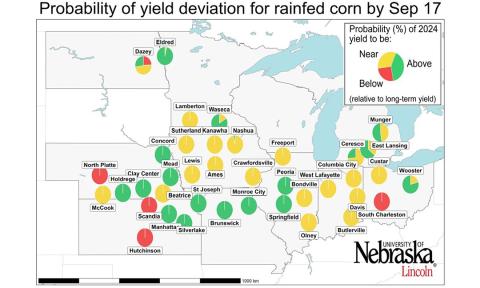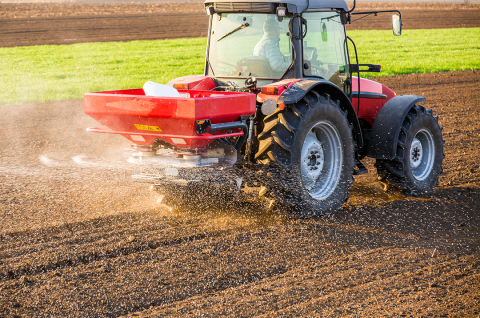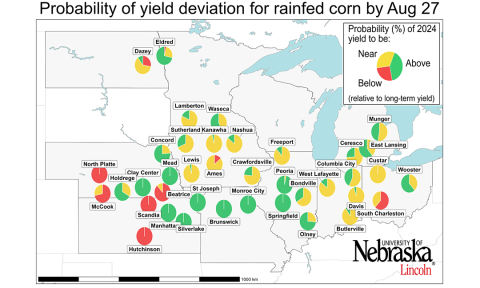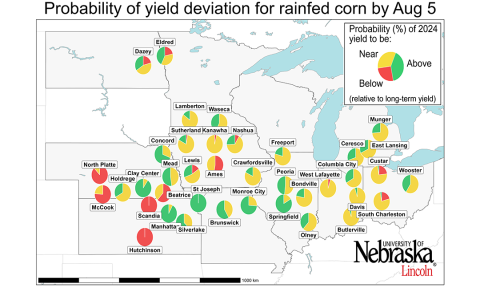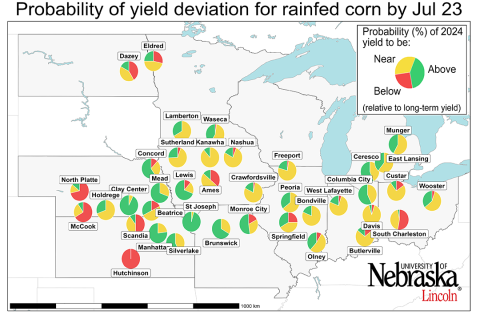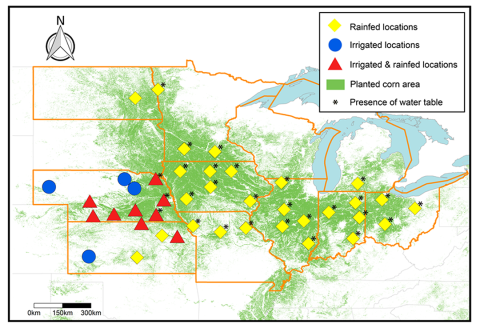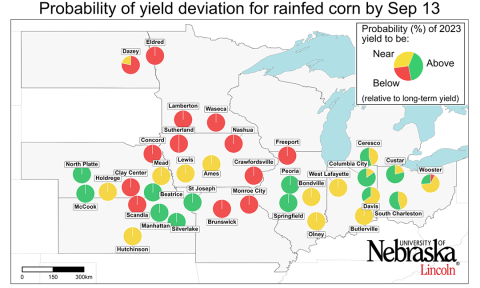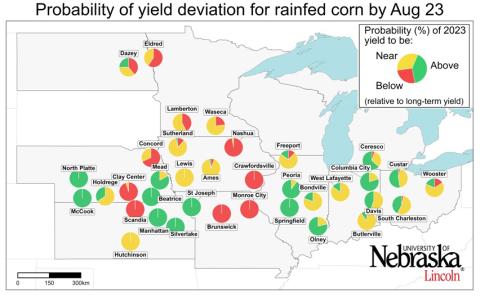2024 Corn Yield Forecasts: End-of-Season Forecasts Suggest Near to Above-Average Yields for the Region
September 19, 2024
Overall, the 2024 corn yield forecast is 6% above the historical trend, with 46% of rainfed sites near average and 36% above average. Irrigated corn is also expected to be near average for most sites.
Growers Sought for Potassium Study
September 9, 2024
Boost your yields and refine your practices: Join UNL's potassium fertilization study and gain valuable insights into your soil and crop performance.
2024 Corn Yield Forecasts as of Aug. 27
August 28, 2024
There continues to be a high probability of near-average yields in irrigated corn sites and near or above-average yields in all but a few rainfed corn sites.
2024 Corn Yield Forecasts as of Aug. 5
August 7, 2024
Currently, chances are low for irrigated corn sites to see above-average yields this growing season; however, most rainfed corn sites are expected to have near or above average yields.
2024 Corn Yield Forecasts as of July 23
July 24, 2024
Most irrigated corn sites in the Corn Belt are on track for near-average yields this year. However, above-average yields are anticipated in rainfed corn sites in southern and eastern Nebraska, and eastern Kansas and Missouri.
2024 Corn Yield Forecasts: Approach and Interpretation of Results
July 10, 2024
The Yield Forecasting Center (YFC) will provide real-time information on corn phenology and forecasts of corn yield potential to aid growers and ag industry stakeholders in making management, logistics and marketing decisions through the 2024 season.
2023 Corn Yield Forecasts: End-of-season Forecasts Suggest Near to Below-average Yields for the Region
September 14, 2023
The forecasted yield potential this season is 7% below the historical average for both rainfed and irrigated corn, similar to predictions in September 2022.
2023 Corn Yield Forecasts as of Aug. 23
August 23, 2023
Overall, the Corn Belt's regional yield this season is expected to be near the historical average, with a few areas in Nebraska, Kansas and Missouri exhibiting potential for above-average yields.


